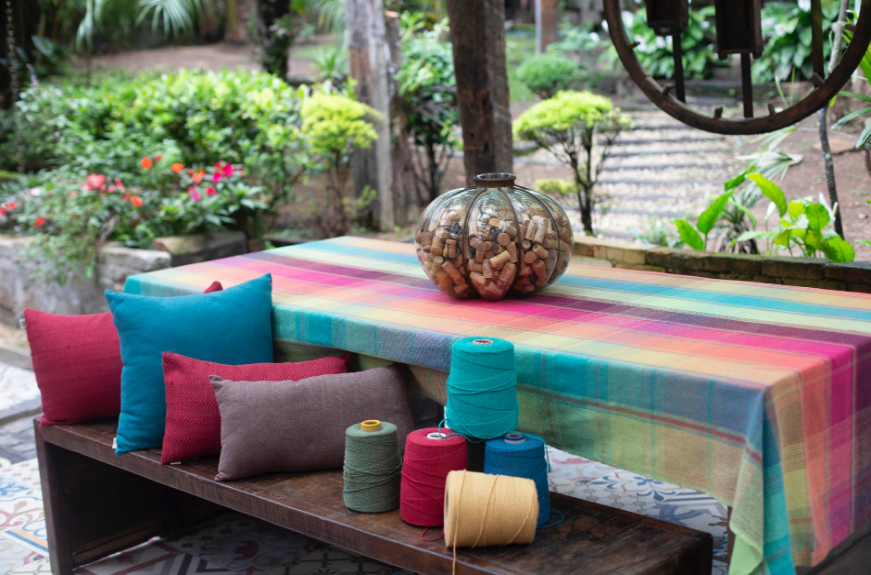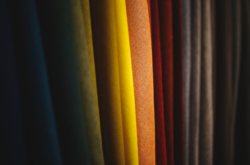Quilting refers to the process of sewing two or more fabrics together to create beautiful and stunning patterns. While it is true that the activity has been around for ages, the traditional functions of the activity served nothing more than just the technical home-related matters, like making blankets to keep the family warm during winters and other home-related chores. As time goes by, technology develops, and residents all over the globe find it easier and more comfortable to use the newly-invented machine to do all the above home tasks.
The result of the technological developments becomes pretty apparent that quilting has gone through several shifts, and today’s people perceive the activity as a means of home improvement. The sewing process proves to offer more benefits for homemakers to create a stunning look and themed ornaments at lower prices. For those who want to give it a try, there are things that they need to know first before starting the project.


Weight Cotton
For years, quilters all over the world have been dependent on quilter’s weight cotton as the main material used in the process. One plus point of this material is that it is one-hundred percent cotton, making it the best material for quilting. Although some may find the material a bit pricey, it offers the anti-shrinkage formula to avoid issues related to sizes. Of course, colorfastness needs to be tested before using. However, high-quality materials prove never to disappoint any quilters. It is flexible and easy to fold, making quilting less complicated.
Voile
A silky, lightweight, and slightly transparent material is what tailors use to make blouses. However, quilters have recently found another use of voile material, and they use the fabric in their quilting projects. While quilters tend to use one material at a time, they can also combine more fabrics to create variety.
Home Decor Weight Cotton
Compared to the regular weight cotton fabric, home decor fabric is heavier and more fibrous. However, the material tends to have a sateen-like look and finish, although the final results may be thick-looking. The fabric works wonders for quilted bags, tablecloth, curtains, cushions and other decorative ornaments that need extra outer layers. One benefit of this material is that it makes a more economical choice since it is way cheaper than the extra-fine weight cotton.

